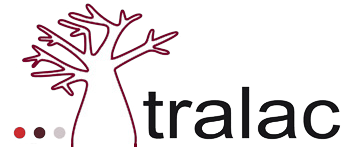Trade Briefs
Profiling the African Clothing, Textile & Leather Value Chain: Basic and Gender Dimensions

The AfCFTA Secretariat, in a recent report entitled The Futures Report 2021: Which Value Chains for a Made in Africa Revolution, identified certain industrial sectors and sub-sectors as potential candidates for value chain development under the AfCFTA agreement. The broad sectors included in their list were agricultural/agro-processing, textiles and leather, automotive, pharmaceuticals, mobile financial services and cultural industries.
This Trade Brief looks at the clothing, textile & leather sector (CT&L) in Africa, from the perspective of the regional and global value chain dimensions. The intention is to present the basic value chain metrics of the sector, including gender-disaggregated employment metrics, as a precursor to several more extensive studies forthcoming from tralac over the next few months.
Readers are encouraged to quote and reproduce this material for educational, non-profit purposes, provided the source is acknowledged. All views and opinions expressed remain solely those of the authors and do not purport to reflect the views of tralac.

